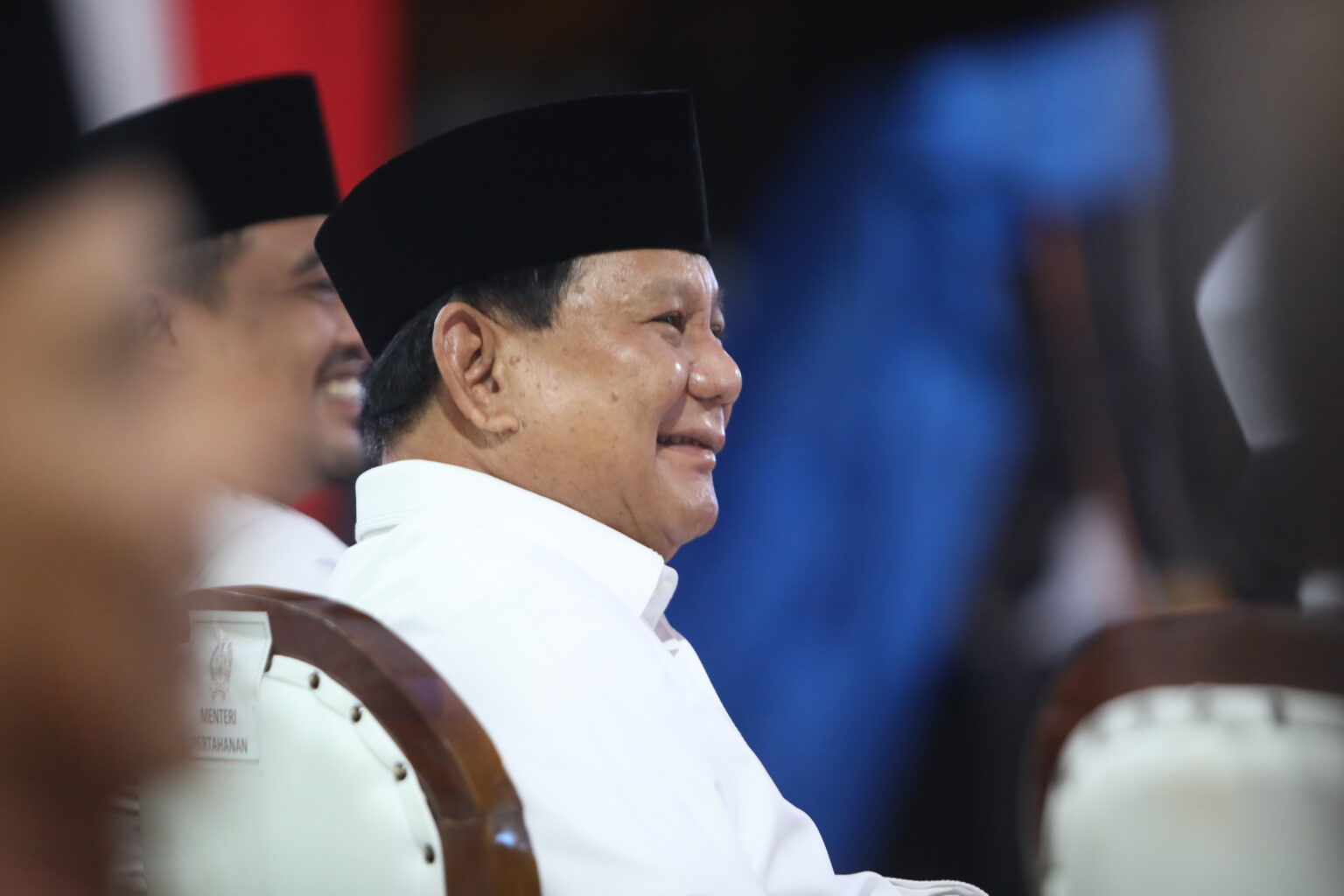By: Prabowo Subianto [excerpted from “Nation Transformation Strategy: Towards a Golden Indonesia 2045”, pp. 77-81, 4th softcover edition]
Closely linked to the primary challenge facing our economy—the outward flow of Indonesia’s wealth—is a condition we can term economic injustice. This injustice is a significant reason why many of our people live in poverty and hardship.
According to the Indonesian Bureau of Statistics, the Gini coefficient for income in Indonesia in 2020 was 0.38, indicating that the wealthiest 1% earned 38% of the income. A 2021 study by Credit Suisse found that the wealth Gini coefficient in Indonesia was 0.36, meaning the richest 1% controlled 36% of the wealth.
A Gini coefficient of 0.36 indicates substantial inequality, a level that is not only high but potentially dangerous. Such economic disparity, if not addressed, could ignite social conflicts, riots, or even prolonged civil wars.
The Gini coefficient is a key indicator of wealth disparity within a country. An economic Gini coefficient of 0.36 implies that 1% of Indonesia’s wealthiest population owns 36% of the nation’s wealth.
If Indonesia’s population is 270 million, this means that 36% of the nation’s wealth is owned by just 2.7 million people. The remaining 64% is shared among 267.3 million people.
Recent calculations have shown that the combined wealth of the four richest Indonesians exceeds that of the poorest 100 million.
The Gini coefficient for land ownership is even more alarming. This is particularly concerning to me as real wealth lies in land ownership.
Data released by the Ministry of Agrarian Affairs and Spatial Planning/National Land Agency in 2020 showed a land ownership Gini coefficient of 0.67, meaning 1% of the wealthiest Indonesians, about 2.6 million people, own 67% of the land in Indonesia. This figure has improved recently as the government has actively distributed land certificates.
Ask your family and friends: Who among them owns land? Do you own land yourself, or are you renting the place where you live? Do our farmers still own their land? If so, what is the average size of their holdings? Has it increased or decreased over the past 10, 20, or 30 years?
According to 2020 data from the Ministry of Agriculture, there are 35 million farmers in Indonesia.
Yet, over 75% of these farmers, more than 28 million, do not own any land. Only 9 million farmers have land, and even then, the plots are small.
Currently, over 76% of Indonesians have internet access. Given that many from the wealthiest 1% flaunt their riches on social media, this means that more than three-quarters of our population can directly see the wealth disparity that exists in Indonesia.
When many citizens struggle to meet basic needs, and some are even evicted from their homes, they can easily see how a small elite in Indonesia lives in luxury.
Discussing inequality, I’d like to reference a book by Niall Ferguson titled “The Great Degeneration.”
Written before the COVID-19 pandemic, Ferguson interviewed a thousand economic leaders and CEOs from major global corporations. He asked them, “What do you think is the biggest threat to the global economy, especially in emerging markets?”
A thousand economic leaders responded to Niall Ferguson’s inquiry by pointing out several threats:
- Inflation
- Asset bubble bursts
- Corruption
- Radicalization
- Natural disasters
- Disease pandemics, such as SARS
For instance, the political instability observed in Myanmar and Afghanistan has notably stunted economic growth. Similarly, political uncertainty can generally lead to slowed economic development.
Niall Ferguson, a historian, not only sought the views of economic experts but also consulted historians.
These historians remarked, “If all the mentioned factors are present, particularly if a majority of the population is young (aged 18-30) and food prices rise, the threat could escalate to revolutions, social chaos, or civil wars.”
Ferguson notes, ‘This is currently unfolding in the Middle East.’ He attributes the Arab Spring to these very conditions. The instability in the Middle East has been fueled by these factors.
We must ask ourselves: Are these elements present in Indonesia today?
Consider this: if every village has 10 out-of-school youths aged 15-22, and with 80,000 villages, that totals 800,000 young people unsure of their future. They watch their parents struggle; some gather wood or cut grass to help out but earn very little. At an age full of potential, they lack goals and hope. A life without hope is precarious—they are vulnerable to exploitation by those with nefarious intentions.
This is why I stress the importance of vigilance.
History teaches us that upheaval, revolutions, and civil wars can be triggered by several factors:
- Inflation
- Rising food prices
- Population surges
- Rising unemployment
- Income disparity
- Ideological radicalism
- Corruption
Nearly all these conditions are present in Indonesia today. With a Gini coefficient of 0.36, the right catalyst could plunge the country into prolonged turmoil. We must stay vigilant.
